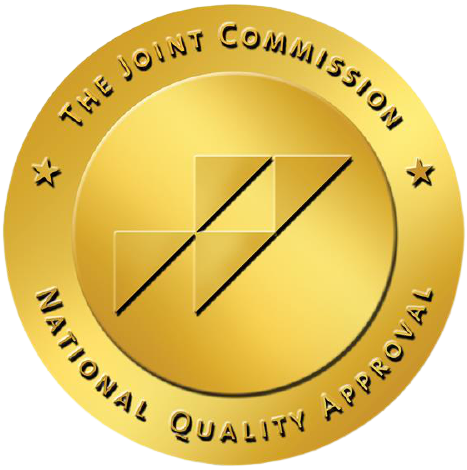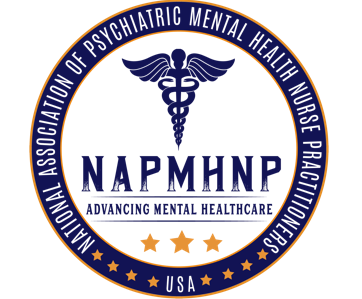Grounding techniques can help people manage upsetting thoughts, memories, and feelings related to anxiety, panic attacks, or post-traumatic stress disorder (PTSD). In her book “Seeking Safety” (2022), Dr. Lisa Najavits defined grounding as strategies to “detach from emotional pain by focusing outward on the external world rather than inward toward the self.” Essentially, grounding is the ability to direct your attention to the here-and-now when experiencing emotional distress. These strategies can help people gain control and feel safe, but they are not a replacement for mental health treatment. Dr. Najavits’ foundational work is referenced throughout this article, beginning with the categories of grounding.
Categories of Grounding
The 3 categories of grounding are: mental, physical, and soothing.
- Mental grounding refers to exercises focused on using your mind to shift your attention away from painful thoughts and feelings in order to focus on the present
- Physical grounding refers to focusing on your senses, such as sight or hearing, to bring you to the here and now.
- Soothing grounding refers to saying caring or compassionate statements or repeating a coping statement to yourself as a way of responding to difficult feelings or thoughts.
Now that the categories have been defined, here are some ways to use grounding.
How to Use Grounding
- Try a few grounding techniques to find which ones work best for you. It helps to choose a few so they can be used in different locations or at any time of the day. This will give you flexibility regardless of the situation.
- Don’t wait until you’re in a crisis to use grounding; start using the exercses as soon as you notice distressing thoughts or emotions.
- Practice your techniques regularly. Practicing regularly will make the techniques easier and more effective in future.
Create your own grounding strategies or use an existing one. Below is a list of grounding techniques that you can begin to use immediately.
Mental Grounding Techniques
Playing a Game of Categories: Think of different categories such as movies that are comedies, different breeds of dog, or foods that begin the letter “S.”
Describe an Everyday Activity: Think of an everyday activity such as making coffee and describe it in detail. This might sound like: “First, get my favorite coffee cup out of the cupboard, put it next to the next to coffee maker, fill up the coffee maker with enough water for 2 cups of coffee…”
Counting or Spelling: Very slowly, count from 1 to 10 or spell a word backwards. The idea is that you focus on each individual number or letter, rather than the progression of the numbers or the meaning of the word.
Physical Grounding Techniques
5-4-3-2-1 Technique: The 5-4-3-2-1 technique is one of the easiest techniques to remember and use. Start by taking slow but regular deep breaths. Then, using your immediate environment, acknowledge 5 things you can see, 4 things you can touch, 3 things you can hear, 2 things you can smell, and 1 thing you can taste.
Breathing Exercises: Focus on your breathing, breathe in over 5 seconds, hold it for 3 seconds, then breathe out over 5 seconds.
Focus on a Grounding Object: Keep a small object with you that has special meaning. When you begin to have distressing thoughts or emotions, focus on the object in-detail by touching the surface or looking at it closely.
Soothing Grounding Techniques
Caring Statements: Say caring words to yourself such as “You are a kind person.”
Coping Statements: Say motivating words to yourself such as “I can handle this,” “I’ve done this before so I can do it again,” or “This feeling will pass.”
Inspiring Statements: Remember the words to an inspirational phrase, quote or song and say those words to yourself.
Getting Treatment for Anxiety, Panic Attacks, and PTSD
Grounding techniques can help people manage distressing thoughts, memories, and feelings. However, grounding does not treat the underlying mental health issue. If you’re experiencing anxiety, panic attacks, or PTSD, contact our team to get scheduled for an appointment with one of our mental health professionals.











